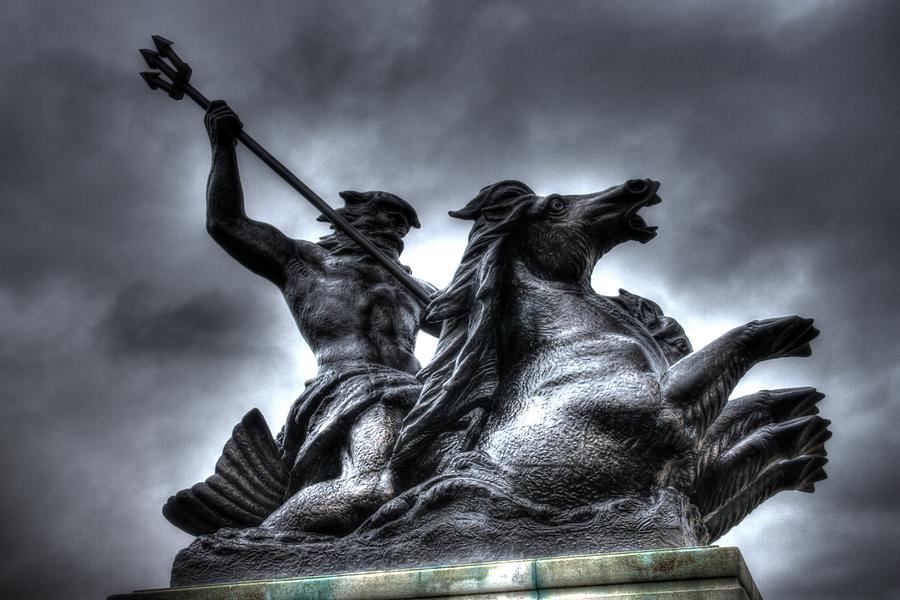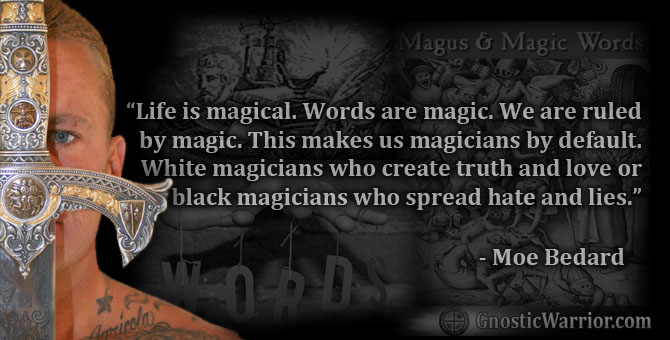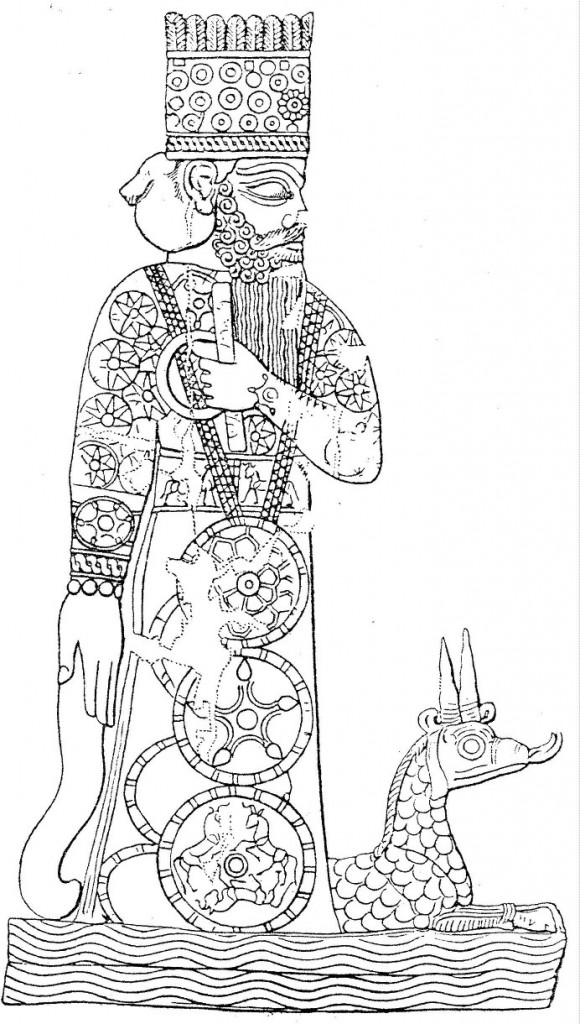The Telchnines (Telknines, Telkhis, Telegonus, or Greek, Τελχῖνες) were a daemon tribe of artists, magicians, warriors and 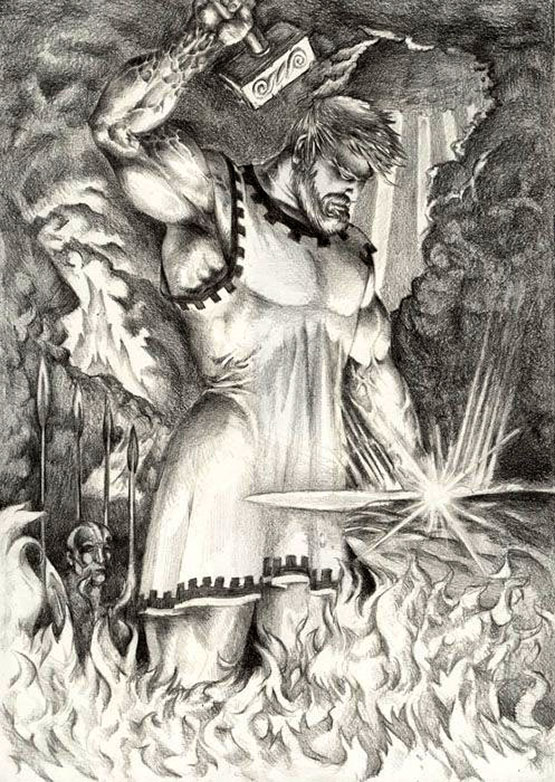 merchants who at one time resided on the island of Crete (Krete) in approximately the year 1600 BC. Crete is known in Greek mythology as the birthplace of the God, Zeus who was born there on a mountain called Mount Ida. Some of the greatest of all legends come from this sacred island, that is the fifth largest island in the Mediterranean Sea and was once called the jewel of the Aegean Sea.
merchants who at one time resided on the island of Crete (Krete) in approximately the year 1600 BC. Crete is known in Greek mythology as the birthplace of the God, Zeus who was born there on a mountain called Mount Ida. Some of the greatest of all legends come from this sacred island, that is the fifth largest island in the Mediterranean Sea and was once called the jewel of the Aegean Sea.
Various historical accounts from many different authors tell of the people known as the Telchnines, who some had called the Curetes or other various names. Strabo had written, that these are the names of the various groups of daimones or demons known as the Curetes (Kuretes)
Plutarch had said, “that according to a divine nature and justice, the souls of virtuous men are advanced to the rank of daemons; and that from demons, if they are properly purified, they are exalted into gods, not by any political institution, but according to right reason.”
The following individual names of the Telchines or Daemons are attested in various sources:
- Aktaios (Actaeus)
- Argyron
- Atabyrius
- Chalcon
- Chryson
- Damnameneus
- Damon or Demonax
- Hormenius or Ormenos
- Lykos (Lycus) or Lyktos
- Megalesius
- Mylas
- Nicon
- Simon
- Skelmis
Known female Telchines were Makelo, Dexithea (one of Damon’s daughters) and probably Lysagora (the attesting text is severely damaged).(Wikipedia)
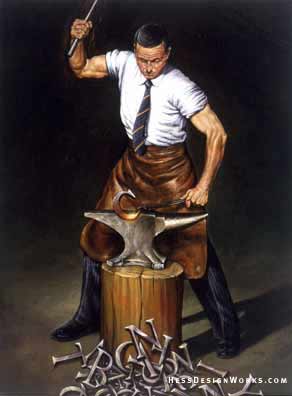 The Telchines of Crete were masters of magic, and part of this art is the skill of concealment and word play which they had perfected. Hence, the magical Telchnines would be known throughout history over the last three thousand years by a multitude of various names such as the Curetes (Kouretes), Cappadocians, Corbanytes, Phoenicians, Syrians or White Syrians, Sea Peoples, Philistines and the Minoans; just to name some. Strabo had written in his book ‘Geography’, the connection between the Telchines, Curetes and the Corbanytes;
The Telchines of Crete were masters of magic, and part of this art is the skill of concealment and word play which they had perfected. Hence, the magical Telchnines would be known throughout history over the last three thousand years by a multitude of various names such as the Curetes (Kouretes), Cappadocians, Corbanytes, Phoenicians, Syrians or White Syrians, Sea Peoples, Philistines and the Minoans; just to name some. Strabo had written in his book ‘Geography’, the connection between the Telchines, Curetes and the Corbanytes;
“Some say that, of the nine Telkhines (Telchines) who lived in Rhodes, those who accompanied Rhea to Krete (Crete) and ‘reared’ Zeus ‘in his youth’ were named Kouretes (Curetes); and that Kyrbas (Cyrbas), a comrade of these, who was the founder of Hierapytna, afforded a pretext to the Prasians for saying among the Rhodians that the Korybantes(Corybantes) were certain Daimones, sons of Athena and Helios (the Sun) [i.e. this was regarded as a lie].”
The people and priesthood, known under one of their names as the Telchines, had originated on the island of Crete and were placed in charge of protecting Zeus (Jupiter or Jove) by his mother Rhea from his vengeful father, Cronus (Saturn). Rhea had hidden the infant Zeus in a cave on the island and then placed him in the care of these priests known by many names. I had written about the people known as the Curetes, who are also called the Telchnines and the island of Crete in my article, Crete: The Lost Island of Atlantis;
Herodotus had said that the Curetes had come to Crete with the Phoenician Prince Cadmus. In Latin Crete is called, “Cappadocia or Cappadocian” who were known as a large tribe of the Magi and are also called fire-kindlers. Herodotus tells us that the name of the Cappadocians was applied to them by the Persians, while the Greeks had simply called them, “Syrians” or “White Syrians.” The Latin name of the Cappadocians were known as “the men of Caphtor”, who we can call today, “the men of Crete.”
This same story of Zeus and Crete, is almost the exact same story like that of King Melissus of Crete who first began the 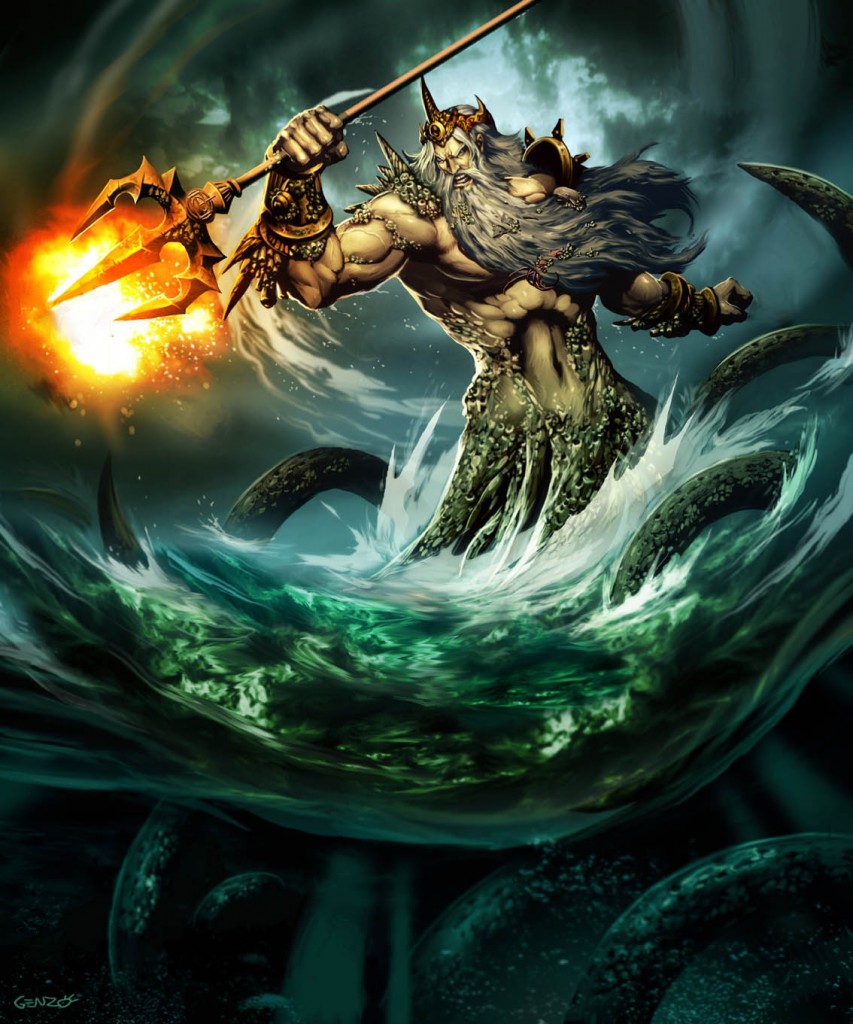 practice of sacrifice to the Gods and introduced new rights and sacred ceremonies to the priesthood. Melissus was the eldest and leader of the nine Curetes of Crete. The meaning of the name Melisseus is “bee-man,”and another form of Melissus, in Cretan means, “honey-man.” He had two daughters, Amalthea and Melissa who nursed the child Jupiter, and fed him with goat’s milk and honey.
practice of sacrifice to the Gods and introduced new rights and sacred ceremonies to the priesthood. Melissus was the eldest and leader of the nine Curetes of Crete. The meaning of the name Melisseus is “bee-man,”and another form of Melissus, in Cretan means, “honey-man.” He had two daughters, Amalthea and Melissa who nursed the child Jupiter, and fed him with goat’s milk and honey.
19th century English lexicographer, Sir William Smith Kt. had described the mythology surrounding the Telchines as a family or tribe that had come to Crete and which represents three different skill sets in his book, “A Smaller Classical Dictionary of Biography, Mythology, and Geography;”
TELCHINES (-um), a family or a tribe said to have been descended from Thai a sea or Poseidou (Neptmie). They are represented in 3 different aspects:
(1.) As cultivators of tht soil and ministers of the gods. As such they came from Crete to Cyprus, and from thence to Rhodes, where they founded Camtrns, Ialysus, and Lindus. Rhodes,which was named after them Telchinis, was abandoned by them, because they foresaw that the island would be inundated. Poseidon was intrusted to them by Rhea, and they brought him up in conjunction with Caphira, a daughter of Oceanus. Rhea, Apollo, and Zeus (Jupiter), however, are also described as hostile to the Telchines. Apollo is said to have assumed the shape of a wolf, and to have thus destroyed the Telchines, and Zeus to have overwhelmed them by an inundation.
(2.) As sorcerers and envious daemons. Their very eyes and aspect are said to have been destructive. They had it in their power to bring out hail, rain, and snow, and to assume any form they pleased: they further mixed Stygian water with sulphur, in order thereby to destroy animals and plants
(3.) As artists, for they are said to have invented useful arts and institutions, and to have made images of the gods. They worked in brass and iron, and made the sickle of Cronos and the trident of Poseidon.
ETYMOLOGY OF TELCHINES
The Greek word Telchines is a compound word combining the three words, Tel, chi and nes. The word tel or tele, a form of tele, meaning “afar, far off.” The word Chi is the 22nd letter of the Greek alphabet, (X) pronounced /’ka?/ or /’ki?/ in English. Chi or x is a symbol or number for Christ whose name in Greek (XpiVros, “Christos”) begins with this letter which is often used to abbreviate the name Christ, as in the holiday Christmas (Xmas). Christos means “anointed one” or “messiah.” In Plato’s Timaeus, it is explained that the two bands which form the soul of the world cross each other like the letter x. The word “nes or ines” in Spanish is “Inés,( orEenés),” which in Latin is the name Ynez and in French Agnes. Agnes \ag-nes\ as a girl’s name is pronounced AG-ness. It is the Latin form of the Greek name Hagnes, meaning “pure, holy.”
Hence, they were the original anointed priesthood from far off (The East) who were the pure and holy priests placed in charge of our savior. They were and are still in charge of religion, magic and commerce.
On the island of Crete, the Telchines had perfected their skills in art, religion, and magic; they had also invented various methods of pharmaekia which is the Greek word for sorcery. They would eventually profane the gifts of the Gods, by turning their white magic into black by poisoning nature, animals and humans. For many centuries, the Telchnines had ruled from Crete before spreading their culture of magic and war to various parts of the world. The Greek historian Homer had said, “various tribes jostled each other in that island,” and eventually the gods had killed the Telchines for their magical crimes against humanity and nature, particularly, when they produced a mixture of Stygian water and sulfur, which killed animals and plants. Crete would be destroyed, along with all its inhabitants from the result of a massive volcanic erruption that brought earthquakes and floods to the island.
However, there would be some survivors of the flood. One of them would be the God of Fire, Hephaestus who became Vulcan in Rome, and was also 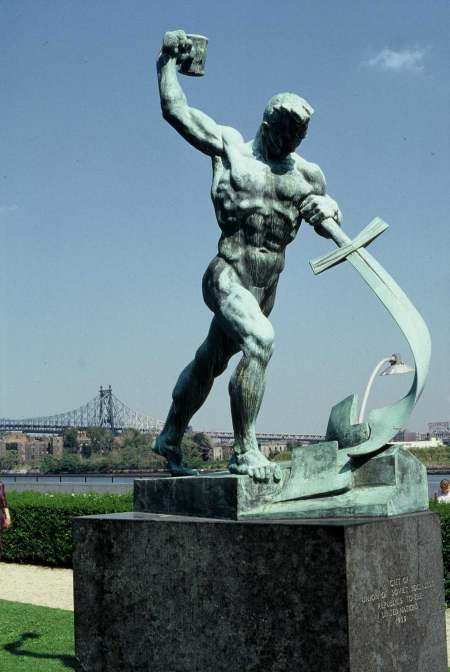 known as the biblical Tubal Cain. Tubal Cain and his sons would spread out around the world, and who the first century Jewish Historian, Josephus Flavius described in “The Antiquities of the Jews;”
known as the biblical Tubal Cain. Tubal Cain and his sons would spread out around the world, and who the first century Jewish Historian, Josephus Flavius described in “The Antiquities of the Jews;”
Nay, even while Adam was alive, it came to pass that the posterity of Cain became exceedingly wicked, every one successively dying one after the other, more wicked than the former. They were intolerable in war, and vehement in robberies; and if any one were slow to murder people, yet was he bold in his profligate behaviour, in acting unjustly, and doing injury for gain.
Tubal Cain had descended from Cain, the son of Lamech and Zillah, and the brother of Naamah. Tubal is said to be the last soul survivor of the race of Cain after the flood. The Sons of Tubal Cain, his descendants are first recorded in the inscriptions of Tiglath-pileser I, by the King of Assyria in approximately the year 1100 BC. Later they are also reported by Tukulti-ninurta II, Ashurnasipal II, Sargon and Shalmaneserr III, and are mentioned as the Mushki.
The Mushki had become the founders of Moscow in modern-day Russia. A subject for a future article.
MORE SUPPORTING RESEARCH
An Historical Account of the Heathen Gods and Heroes: By William King page 24 –
Of Vesta, Rhea, Ops or Cybele, the Wife of Saturn.
IT is no easy Matter to distinguish between this Vesta, and her Mother, of whom Mention has been made before, and another Vesta, who was a Virgin, and her Daughter. The Poetical Historians, after their usual Custom, attributing to one the Character and the Actions of the other.
This Goddess had various Names, as Magna Mater, Mater Deerum, Pafithea, the Great Mother, and Mother of all the Gods; as she represented the Earth, Die was by the Latins called Ops, from the Help and Assistance she brings to all things in the World. The Greeks called her Rhea, from the many Blessings that flow from her continually, and therefore a Sow was sacrificed to her to denote her Fruitsulness; she was highly honour’d in Phrygia, and receiv’d many Names from diverse Places in that Country, as Cybtle, Dyndimene, Dea Pastmuntia, Idea, Mygdonia, Bererynthia; her greatest Magnificence uses to appear when she makes her Progress through the Cities of Phrygia; she rides in her Chariot drawn by Lions, her Head crown’d with Towers, and is adorn’d with all the beauteous Objects the Earth produces, and attended by an hundred Celestial Gods, being all of them her own Divine Offspring.
The Priests of this Goddess were the Idœi Dafiili, the Cut et es or Cory han tes, and the Telchines, who were all of the same Kindred and Family.
The Matt DaSHli were the ancient Inhabitants of Crete, and had their Original from Mount Ida in Phrygia, and were called Daclili from being Ten in Numher, according to that of the Fingers. They carried their Rites and Mysteries into Samotbracia, and were said to have found out the use of Fire, to have discovered the nature of Iron, Brass, and others Metals, and to have invented many other things of great Use and Advantage to mankind, and that they were therefore reputed as Gods or Dæmons.
The Curetes were descended from the Da&M; they first taught Men how to manage Flocks of Sheep, and to tame and breed Herds of other Cattle, to gather Honey, to live in Societies, to hunt, cast Darts, use Swords, Targets and Helmets, of which they were the Inventors; to these Curetes Rhea committed the Care of Jupiter, to preserve him from his Father Saturn; they by dancing in Arms, and clashing of their Weapons to the sounds of Pipes, Drums and Cymbals, made such a Noise as might drown the Cries of the Infant God. Hepaclidcs Ponticus says the Curetes born in Crete were the first Mortals that appeared in brazen Armour, and that their Rendezvous was in Eubæa, that they had the Education of “Jupiter, became afterwards his Fellow6draiers m his Wars, and at last placed him in his Father’s Kingdom.
Rhea had other Priests in Crete, who afterwards transplanted themselves to Rhodes; they were call’d the Telthines, and were the Offspring of Thalajsa, or the Sea; they together with Caphira, Daughter of Oceanus, had the Education of Neptune, who was committed to them by this Goddess; for this caresul Mother is said to have preserved Neptune and Pluto, as well as Jupiter, from their ‘devouring Father. These Telchines were reported to have been Magicians, able to transform themselves into divers Shapes, and to raise Winds and Tempests pells at their Pleasure, others thought them Dæmons prefiding over the Winds; others, that they were the Hinds themselves, such as were in the Heavens, at Sea, and in the Caverns of the Earth, every where conducing to the Product of Beings, and to the healthful Support of them, but that these Winds wou’d fometimes destroy the Labour of Mankind, and seem to threaten the Overthrow of Nature, when they burst forth in their Rage and Fury. These lchhiv.es had another Character of being great Artists, and were said to have invented many usesul Things, particularly the making of Statues, and setting’ up the Images of the Gods,
The Corybcntes were of the same Original as the Curetes, and the peculiar Priests of Cybcle the Great Mother in the Island of Samothrace, were they celebrated the Mysteries of the Cabin, which were conceal’d with a sacred Silence; these Gods were call’d Cabiri, or Omnipotent, from a most ancient word Cabir which had that Signification ; they were four m Number, who had my• stick Names, but were the same as Ceres, ProserpinePinto and Mercury, tho’ Jupiter and Bacchus are thought to have been the two first of the Cabiri. Dardanus, the Son of Jupiter and ElcElra, brought the Samothraiian Rites into Phrygia, where Cyhelc, Widow to his Brother Jef.nn, who being belov’d by Ceres, was receiv’d among the Gods, call’d the Goddess Rhea after her own Name, and gave the ancient Priests the Curetes the Name of Cory han tes from her own Son Coryhas. ‘
The Phrygians report that Mæones heretofore relgn’3 . in Phrygia, that he married Dyndima, and by her had a Daughter, call’d Cyhele, which she expos’d in the Moun- • tain Cyhelus, that she was nourished there by Lionesses and wild Beasts, till found by fome Shepherdesses; as she grew in Years
Archaic England: An Essay in Deciphering Prehistory By Harold Bayley page 493 –
In Candia or Talchinea, the Cabiri were worshipped as the Telchines, and as chin or khan meant in Asia Minor Priest as well as King, and as the offices of Priest and King were anciently affiliated, the term talchin (which aB we have seen was applied to St. Patrick) meant seemingly tall .or chief King-Priest. The custom of Priest-Kings adopting the style and titles of their divinities renders it probable that the historical Telchins worshipped an archetypal Talchin.
The original Telchins are described by Diodorus, as first inhabiting Rhodes, and the Colossus of Ehodes was probably an image of the divine Tall King or Chief King.It is related that Rhea entrusted the infant Neptune to the care of the Telchines who were children of the sea, and that the child sea-god was reared by them in conjunction with Caphira or Cabira, the daughter of Oceanus.

Moe is the founder of GnosticWarrior.com. He is a father, husband, author, martial arts black belt, and an expert in Gnosticism, the occult, and esotericism.


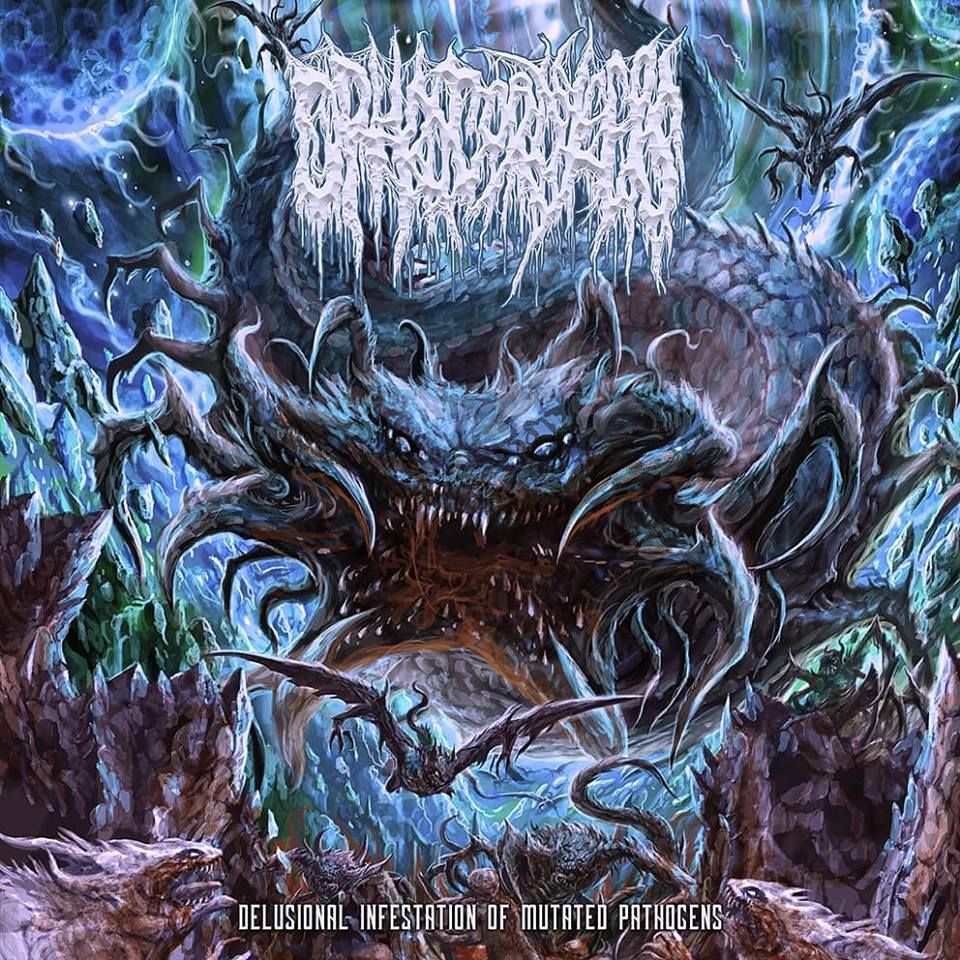

![How Germanus the Bishop, sailing into Britain with Lupus, first quelled the tempest of the sea, and afterwards that of the Pelagians, by Divine power [429 A.D.] | Book 1 | Chapter 16 How Germanus the Bishop, sailing into Britain with Lupus, first quelled the tempest of the sea, and afterwards that of the Pelagians, by Divine power [429 A.D.] | Book 1 | Chapter 16](https://www.gnosticwarrior.com/wp-content/plugins/contextual-related-posts/default.png)
